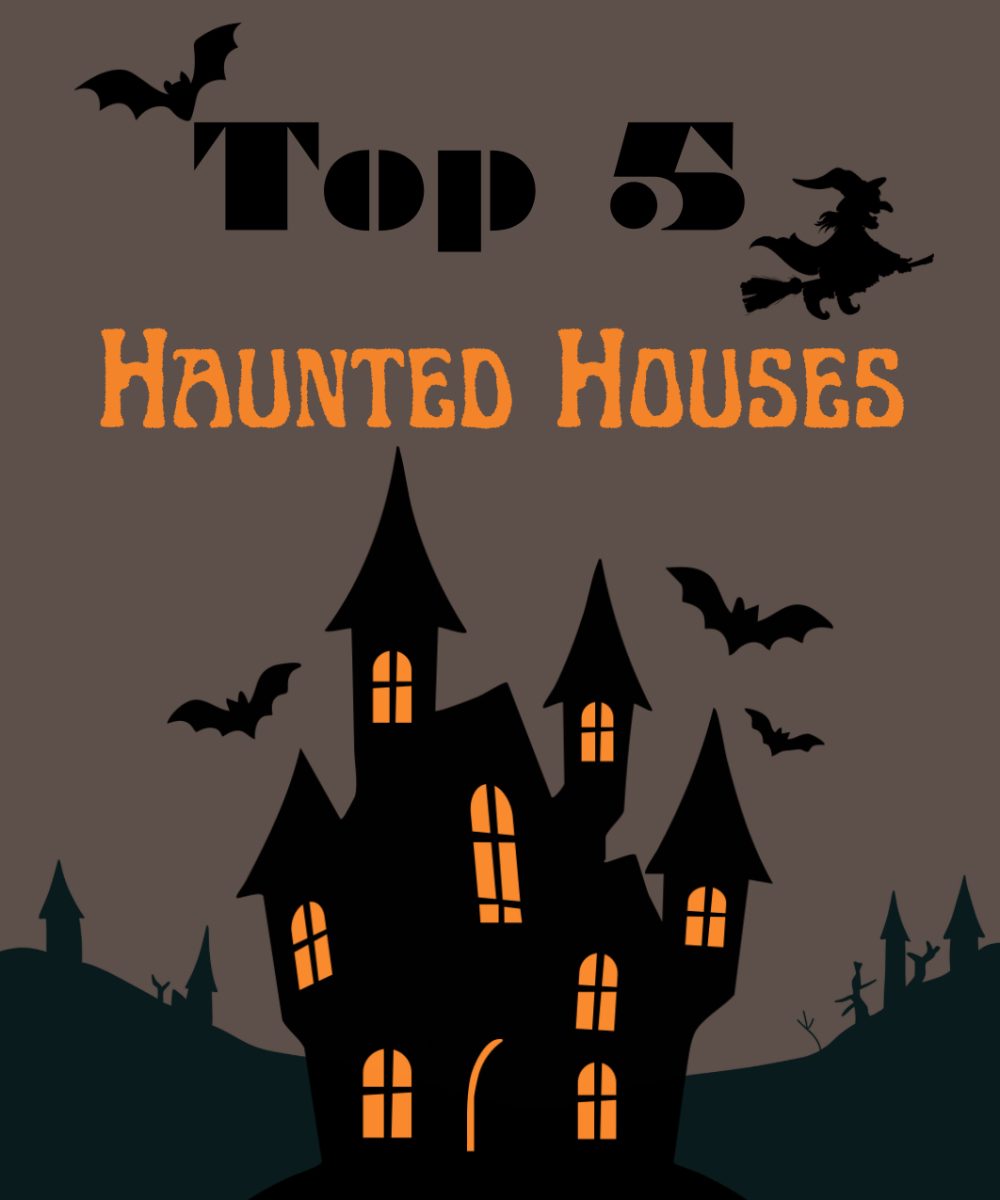Reading is not just a hobby, but a habit. Many people have the capacity to read and enjoy reading, it simply comes down to building that habit. When reading a book you may come to a point where you simply realize that you don’t like it, and that’s ok, forcing yourself to continue is all too common, especially in series, and it leads to burnout. In case you have found yourself in this slump, these are a few of my favorite books that are mostly standalone stories with no commitment whatsoever that will hopefully help get you back into the habit of regular reading
“Neverwhere” by Neil Gaiman
Neil Gaiman is an incredibly popular author known for his genre bending works and expansive worlds, Perhaps one of his most expansive worlds is that of Neverwhere, a story following Richard Mayhew, a Scottish Salaryman working at a bank in London. After finding a woman heavily injured on the streets he manages to bring her to health, eventually culminating in him following her into a grand city under London, with talking rats, angels, and the other unfortunates who have literally slipped through the cracks.
“The City in the Middle of the Night” by Charlie Jane Anders
Set on the mostly uninhabitable planet of January, this sci-fi story features two dichotomous cities surrounded by incredibly hostile alien life. We follow Sophie, a student who is exiled into the dark and uninhabitable zone after partaking in an attempted revolt. Cold and dying, she finds an unexpected savior living in the cold.
“Ninth House” by Leigh Bardugo
Written by the incredible author who created the popular Grisha series, “Ninth House” takes on a much darker tone using the genre of modern dark fantasy horror; it touches on the consequences a magic system can wreak. The protagonist, Alex Stern, is a flawed character who doesn’t fix most of her flaws, instead development comes in the form of flashbacks and the descent that her circumstances cause. Within the plot, she is ingratiated into a magical secret society set within the campus of Yale, brought there not on her academic merits but rather coincidental involvement. The driving point of the story is focused around an absence of a key character, and most of the mystery and intrigue focuses around the character, the absence is tangible, and masterfully integrated into most of the characters connections. This along with a magic system based on Dante’s interpretation of Christian mythology creates for one of my personal favorite books.
“Discworld by Terry Prachett
Discworld is an odd edition to this list but a fitting one. The series is 41 books that the author has written over the course of 36 years. But, these books are incredibly non-committal in that the books have a sort of disconnect, all set in the same world but at most only a couple books placed sequentially before some sort of time skip or change in protagonist. The real draw of the books is that they’re a high fantasy series that doesn’t take itself too seriously. The books manage to address real problems without Tolkien’s idea of “good fantasy” having to be serious and complex and sequential. The world itself is absurdist, being a flat disc riding on the back of four giant elephants who stand atop a giant turtle roaming through space on its life journey. The worldbuilding is expansive, allowing you to immerse yourself in it if you want to, or just read 1 book and stop if you don’t. The real kicker as an addition to this list is that you won’t have to worry about finding books you actually want to read, if you truly find yourself enjoying this series then it’s enough to last you a while.
“Fahrenheit 451” by Ray Bradbury
“Fahrenheit 451” is a shorter book that’s been referenced so many times most people feel averse to it. The book hangs with literary giants like “The Great Gatsby” and “Hamlet”. However, unlike those books, it prides itself less on complex profound prose and more on subject matter. The conversation surrounding “Fahrenheit 451” is usually focused on its themes of suppression of information and the extremes it shows literal book burning at. The story focuses around Montag, a fireman in a retro futuristic society. As a fireman Montag’s job is to respond to calls of stashed books hidden in people’s homes and burn the stash along with whatever house or person stands in his way. Inevitably, a series of events in his life leads him to wondering exactly what about the books is so dangerous. The retro futuristic style that came with the age of the book itself stands as an interesting world for the plot to take place in and the echoes of similar themes to George Orwell’s “1984” in a much approachable format make this a wonderful choice of book.
Honorable Mentions:
“The Fault in Our Stars” by John Green
“The Fault in Our Stars” is a drama and romance book written by highly acclaimed author John Green. The plot of “The Fault in Our Stars” centers around Hazel and Augustus, two late teen cancer patients who meet at a support group. They bond over the effects of the disease and develop a relationship. Banned for its use of crude language and mentions of sex, “The Fault in Our Stars” can sound cheesy on the surface, though it is well worded and had substantial effects on the landscape of not only the romance genre but also the film industry with its adaptation.
“Book of Night” by Holly Black
“Book of Night” is Holly Black’s first venture into adult fantasy. The setting is of a dark Victorian style city. The magic of the world is a kind of umbrakinesis, used to shape shadows for entertainment, cosmetics or more sinister means. This magic comes at a cost, taking hours or days off of the user’s life each time it is used. Lying under the upper class is Charlie Hall, a bartender and low level con artist who gets involved with secret societies and greater crimes. The dark fantasy elements really shine in Holly Black’s writing style and the character writing is in depth.









